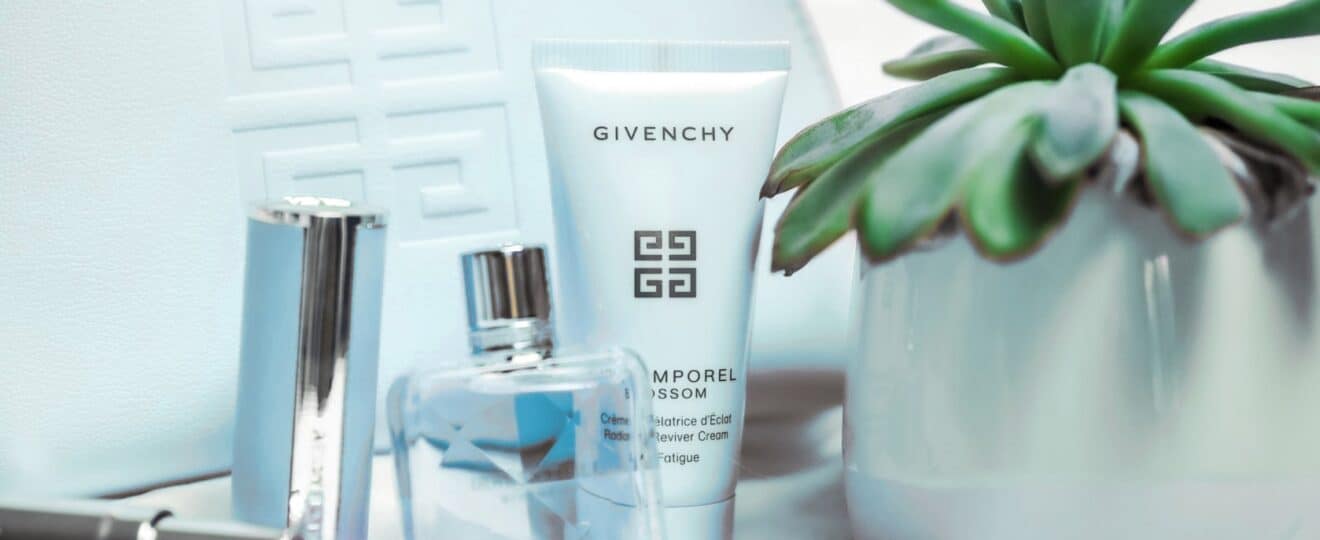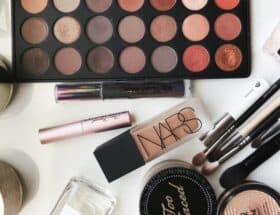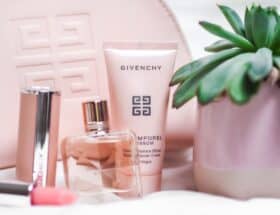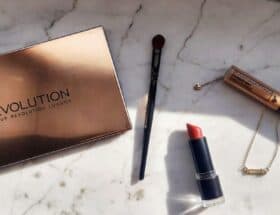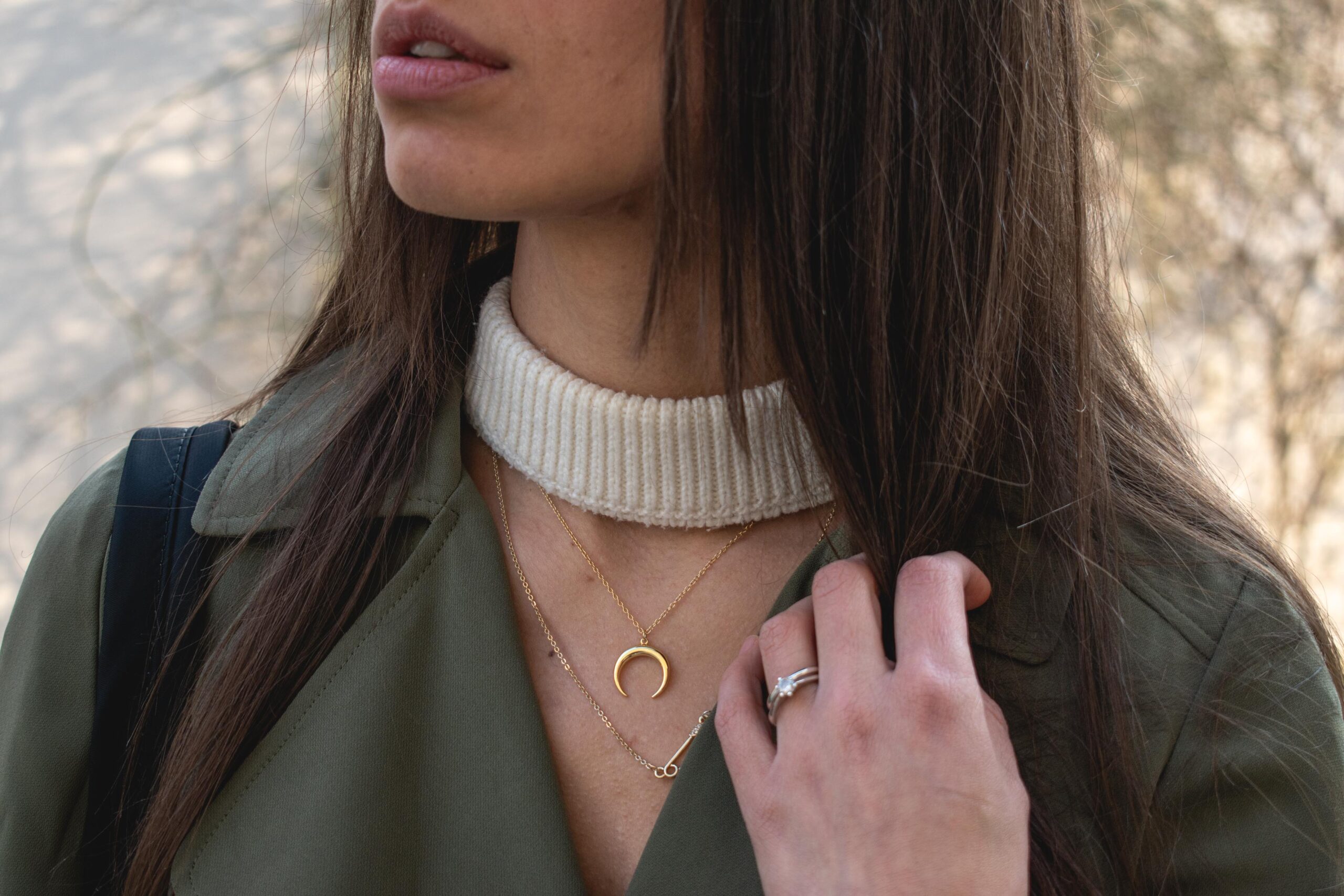Hello loves! Welcome back to the second part of the moisturizer ingredients guide. The beauty industry together with scientists have done a lot of research to discover active ingredients to target specific skin problems. When we are choosing a moisturizer, we should take into consideration what is the best functional ingredient able to solve our skin concerns.
I listed here below the main functional ingredients found in moisturizers. I hope you find this guide helpful for your next moisturizer choice!
Active Ingredients
- Alpha Hydroxy Acids (AHA)
AHAs are gentle exfoliants which remove dead cells on the skin surface, and allow the generation of new skin cells. They are used in anti-wrinkle products, for brightening and smoothening the skin, as well as in creams that address sun-damaging and hyperpigmentation issues. Glycolic acid, lactic acid, mandelic acid and citric acid are common AHAs found in moisturizers. Since they exfoliate the top layer of the skin they can cause skin photosensitivity, so it is recommended to always use sunscreen to protect the skin during the day.
- Beta Hydroxy Acids (BHA)
BHAs are oil soluble acids. This means that they can penetrate the skin, while AHAs stay on the surface. Salicylic acid is a very common BHA that is used to clean pores and fight bacteria. It is commonly used in products for combination or oily skin.
- Niacinamide (Vitamin B3)
Niacinamide is an active ingredient with many benefits for the skin. It reduces hyperpigmentation, it is anti-inflammatory, it is proven to reduce wrinkles and fine lines, and stimulates ceramides synthesis.
- Ceramides
Ceramides are waxy lipids which are naturally part of the epidermis. They have an important protective role for the skin from external stress, like pollution. With aging, the effectiveness of ceramide is reduced, for this reason it is important to incorporate it in our skin care. In this way, we can reinforce the skin barrier and restore hydration.
- Hyaluronic acid (HA)
Hyaluronic acid is definitely one of my favorite active ingredients to have a glowy skin. This molecule is produced by our skin, but as we know aging has an effect on its production. It is often used in anti-aging products due to its ability to bind water molecules and maintain moisture within our skin. For a hydrating effect, it is important to apply hyaluronic acid containing creams on moist skin so that the hyaluronic acid can retain water molecules in the skin.
- Retinol (Vitamin A)
Retinol, also known as vitamin A, is a very effective ingredient against aging, acne and also uneven skin tone. When you start with retinol containing products, make sure to choose products with low amounts of retinol. In fact, retinol can be irritating if it is too concentrated or if it applied too often on the skin. It is also irritating under the sun, so make sure to apply it under a sunscreen or at night.
- Vitamin C and vitamin E
UV rays and pollution cause aging and oxidative stress to the skin. Vitamin C (ascorbic acid) and vitamin E (α-tocopherol) are two anti-oxidants that protect the skin from these stress factors. Vitamin C has an anti-aging effect because it stimulates elastin and collagen production. It is also used to treat hyperpigmentation or to reduce spots or acne scars. Vitamin E is used to prevent aging, and it has a photo-protective effect in combination with vitamin C. The active form of these two vitamins are quite unstable upon air exposure. For this reason, they are found in products as magnesium ascorbyl phosphate and vitamin E acetate, which are forms that have to be activated once they are in the skin. Products containing these vitamins should be stored protected from light and air.
To conclude loves, each one of us has a different skin type and different skin issues that should be treated differently. It is okay to try out products, but it is always better to consult a dermatologist when in doubt or for more severe skin issues.
I have a combination skin. It is a skin type 4 on the Fitzpatrick scale, which is a light brown skin that tans easily without burning. One of my main problems is post-inflammatory hyperpigmentation when I have breakouts and inflammations… I found that AHAs and BHA help with these issues and, of course sunscreen! Sunscreen is the best way to prevent wrinkles and dark spots on your skin due to the sun, and I use it daily. And what about you? Let me know which are your favorite functional ingredients!
With love,

References:
Shapiro SS, Saliou C. Role of vitamins in skin care. Nutrition. 2001 Oct;17(10):839-44. https://pubmed.ncbi.nlm.nih.gov/11684391/
Draelos, ZD. The science behind skin care: Moisturizers. J Cosmet Dermatol. 2018; 17: 138-144. https://doi.org/10.1111/jocd.12490
Lee C et al. Principles of Moisturizer Product Design. J Drugs Dermatol. 2019 Jan 1;18(1s):s89-95. https://pubmed.ncbi.nlm.nih.gov/30681817/
Nolan, K. and Marmur, E. (2012), Moisturizers: reality and the skin benefits. Dermatol Ther, 25: 229-233. https://doi.org/10.1111/j.1529-8019.2012.01504.x

